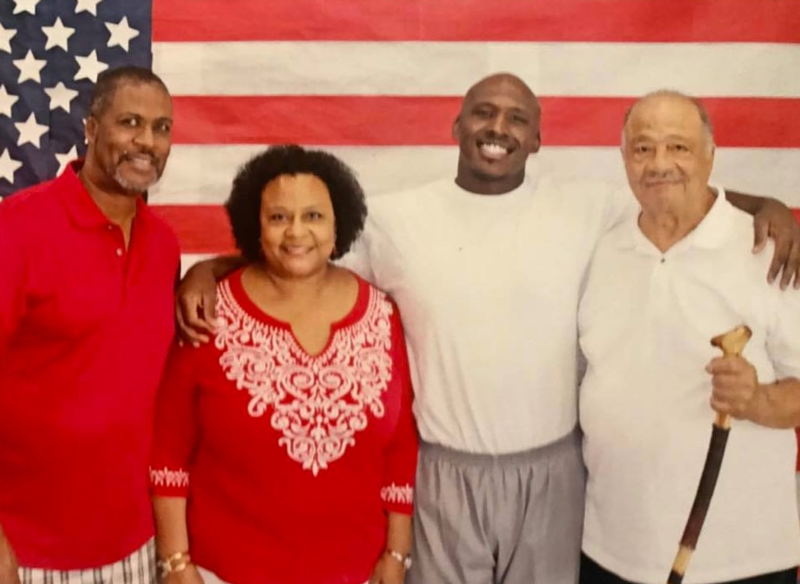BREAKAWAY
Directed by Rudy Valdez, the documentary explores the story of Moore, who was one of the best basketball players in the world when she stepped away from the sport for a remarkable reason: to fight for a man she believed was wrongly imprisoned.
In 2019, after four WNBA championships, two Olympic gold medals, a WNBA MVP award, three All-Star MVPs, and a scoring title, Moore decided to take a sabbatical from basketball at the age of 29 to devote herself full-time to working for the release of a man named Jonathan Irons, who was wrongly convicted of burglary and assault and sentenced to 50 years in prison. “Breakaway” chronicles a search for justice, and a relationship that changed the lives of two people forever.
ESPN will debut the next installment in the Peabody and Emmy award-winning 30 for 30 series, “Breakaway,” on July 13th.
JUSTICE FOR JONATHAN
Jonathan Irons was arrested at age sixteen in 1997 and was sentenced to 50 years in the Missouri Department of Corrections for the non-fatal shooting of a home-owner during a burglary. Irons’ conviction was based on unreliable eye-witness testimony and no evidence links him to the crime.

THE FACTS

